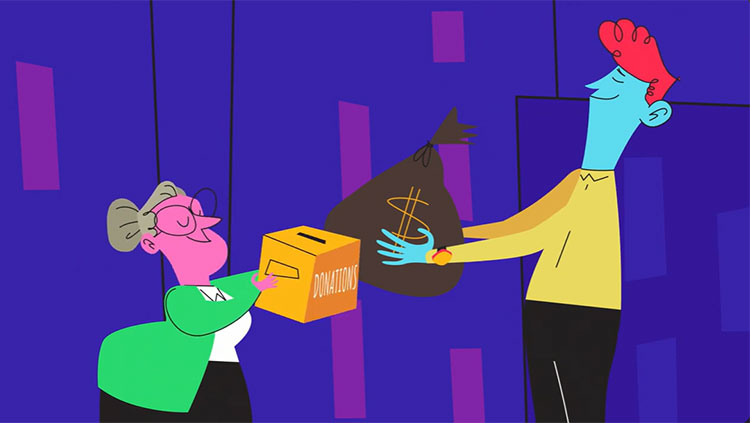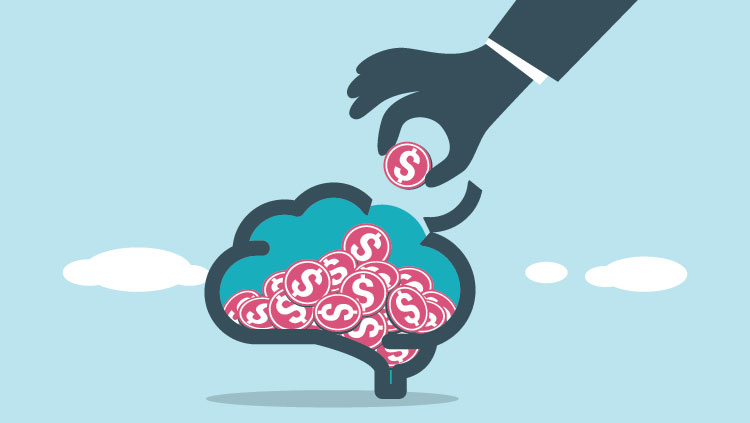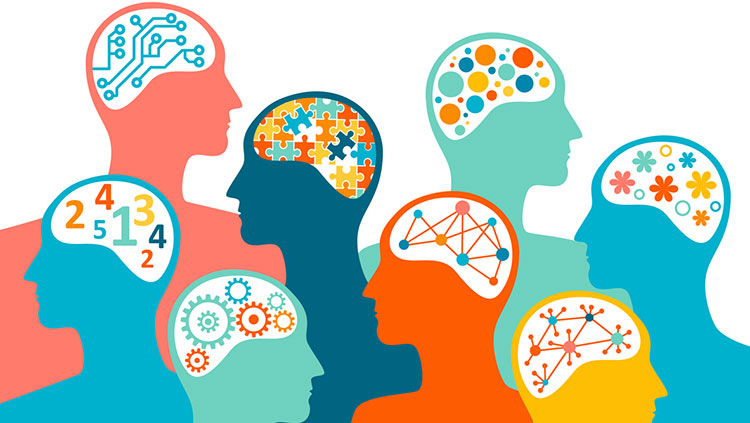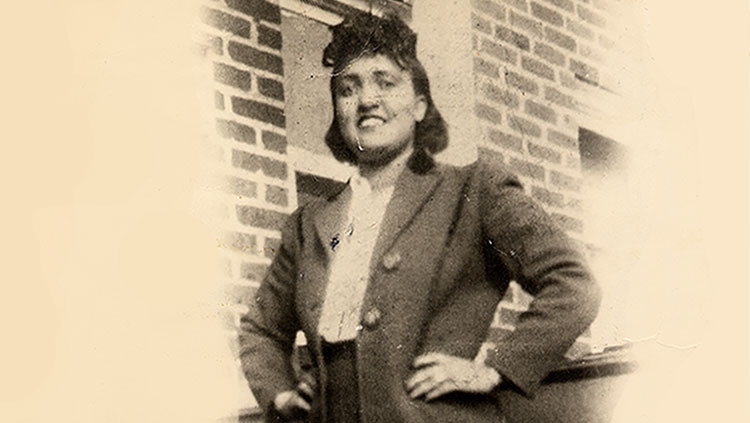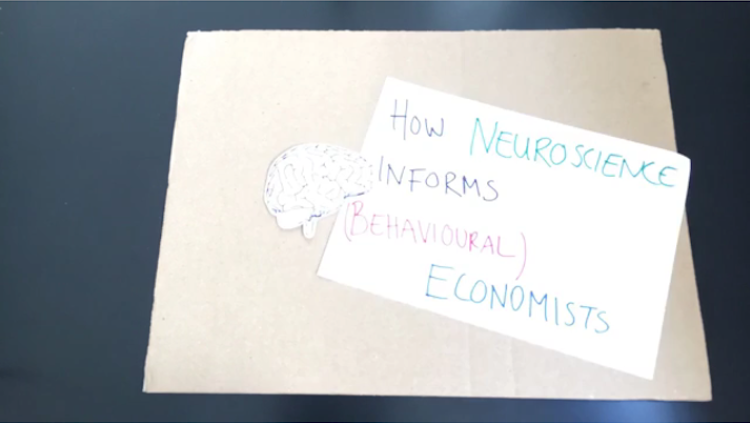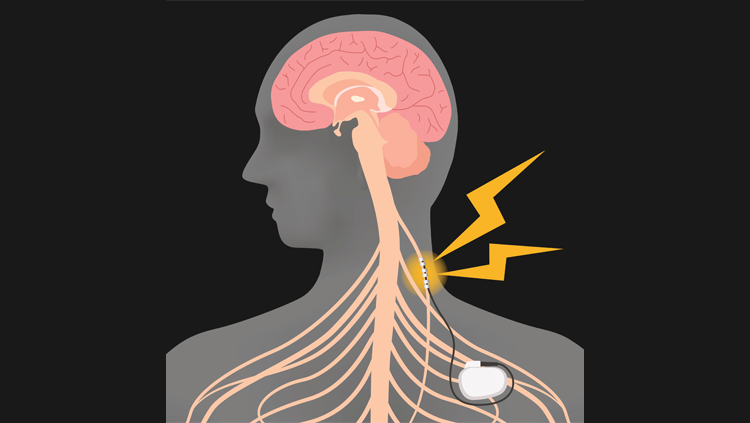Neurolaw: Combining Neuroscience and Criminal Justice
- Published3 Nov 2016
- Reviewed3 Nov 2016
- Author Michael W. Richardson
- Source BrainFacts/SfN
The number of U.S. judicial opinions citing neuroscience more than doubled in the seven years from 2005 to 2012, according to an analysis in the Journal of Law and the Biosciences. As neurolaw — a segment of criminal justice concerned with neuroscience — enters the courtrooms of America at a remarkable pace, judges are still determining how, whether, and when to support brain science in the courtroom.
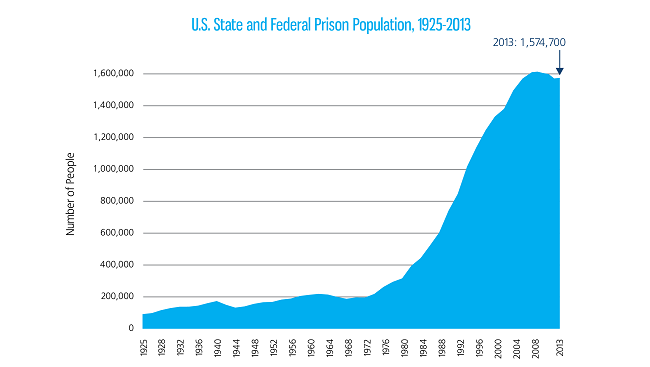
U.S. District Court Judge Jed Rakoff, for one, is cautious. In a featured lecture at Neuroscience 2015, Rakoff, a founding member of the MacArthur Foundation Project on Law and Neuroscience, described what he saw as “considerable ambivalence and skepticism by judges toward neuroscience.”
While appreciating the benefits and progress made in brain science, such skepticism was well-earned over several generations as once-accepted aspects of brain science were later debunked: Phrenology, eugenics, and frontal lobe lobotomies all were presented as accurate science in 20th century, with disastrous results in the courts. As Rakoff put it, “they’ve been burned before.”
He was particularly circumspect about applying brain science in individual cases, noting the high stakes involved for a defendant. However, he said that growing understanding of general neuroscience principles can shape public policy around crime. But to do so, neuroscientists must educate judges and the general public on both the merits and potential limitations of our current understanding of the brain.
False Memories
Eyewitness testimony can hold great weight in the courtroom. A victim or bystander of a crime seems like an excellent source of information, and a single witness is often enough to send a defendant to jail.
However, thanks to modern neuroscience, we now know that eyewitness testimony is relatively unreliable. Memory researchers have unveiled many factors affecting the accuracy of long-term memories. A victim of a night-time mugging may not be able to identify facial features because of low lighting, and stress negatively affects the ability to accurately recall details. Identifying faces from memory, especially faces that are a different race, has proved more difficult than originally thought.
Even someone who got a good look at an assailant can have their memory altered over time. Neuroscientists now understand that the act of recalling a memory reconsolidates it, effectively becoming a new memory. Over time, this reconsolidation can alter details, like a game of telephone. Even the most traumatic events are altered when recalling memories. In a study of New York City residents one year after 9/11, their memories of the event differed in 40 percent of the details.
Memory researchers now advise that even though eyewitness testimony is a valuable source of information, it is almost never perfectly accurate. By translating their work for the public, neuroscientists could change the landscape of the courtroom dramatically, simply by upending this commonly held notion about eyewitnesses.
The Future of Drug Policy
Although Rakoff remains skeptical of the value of neuroscience in dictating individual outcomes, he praised its potential role in setting and reforming public policy. Brain science illuminates the driving forces behind human behavior, criminal or otherwise, which is highly relevant to the court system.
Over the past several decades, the American prison population has grown by more than 500 percent, driven largely by drug arrests. Because policies such as mandatory minimums give judges little choice in whether to send drug users to prison, understanding drug addiction and its treatment is among the most pressing issues in U.S. criminal law today.
The modern science of addiction calls these policies into question. Taking drugs is associated with significant changes to a structure of the brain called the prefrontal cortex, which is responsible for impulse control and affects the ability to control cravings. While it’s not known whether addiction causes these brain changes or the changes just make addiction more likely, addressing addiction requires thoughtful evidence-based treatment.
Rakoff and prominent neuroscientists argue for a system that would replace punitive measures with rehabilitation programs firmly based in neuroscience. Researchers have treated addiction as abnormal brain function for several years now, and rehabilitative practices are improving. Treating addiction as a disease from which a person can recover leads to better health outcomes and recidivism rates.
Neuroscience can play an important role in defining the future of criminal justice. Modern brain science has the potential to alter our understanding of issues as diverse as the sentencing of minors, the effects of solitary confinement, lie detection, and even the nature of responsibility. As Rakoff explained, scientists have a responsibility to get involved and push forward good science to help improve these practices and to create a more effective and just body of law.
CONTENT PROVIDED BY
BrainFacts/SfN



